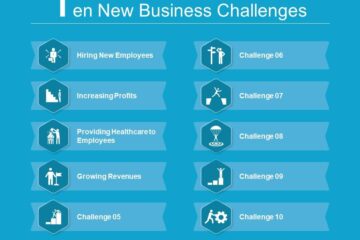China’s leaders sound more confident that the world’s second-largest economy has arrested a slide in growth to quarter-century lows, but their policy advisers caution it is too early to call an end to a cycle of easing that began in 2014.
Signs the economy is picking up give the central bank room to keep its policy powder dry for now so it has the ammunition later to cope with any possible shocks from domestic economic restructuring and expected U.S. rate rises, the policy insiders said.
“We still need to loosen policy and there is room for cutting interest rates, but the urgency for doing so has been reduced,” said one policy adviser. The advisers requested anonymity because of the sensitivity of the matter.
Data on Friday showed that the annual pace of economic growth slowed to 6.7 percent in the first quarter, its weakest pace since early 2009. Growth for all of 2015 was the slowest in 25 years.
But stronger-than-anticipated activity indicators for March suggested the economy was gaining momentum as it headed into the second quarter, fueled partly by a surge of new debt. Industrial output, exports and retail sales were all surprisingly strong.
Rather than celebrating, China’s main stock indexes ended slightly lower on Friday on worries that the data would prompt Beijing to ease up on providing extra policy support for the economy.
Since late 2014, the central bank has cut interest rates six times in its most aggressive easing campaign since the global financial crisis CNCBDR=ECI CNCBLR=ECI.
It has also cut bank reserves – the bank reserve requirement (RRR) – five times CNCBRR=ECI. Reducing reserves frees up cash that the banks can then use for lending.
But three government economists said they still expected the People’s Bank of China (PBOC) to cut bank reserves three or four times this year and reduce official interest rates at least once.
Policy decisions have been made more difficult by the financial markets turmoil in 2015 and early this year. Leaders have been wary of cutting interest rates excessively in case it revives downward pressure on the yuan and fresh capital outflows.
“A rise in inflation has narrowed room for further interest rate cuts and RRR cuts may not happen soon as capital outflows ease,” said an economist at a top government think-tank.
To be sure, the central bank can use other policy tools, including special lending facilities, to help cushion the economic pain from restructuring the economy, even as the government leans more on fiscal spending and tax cuts to support growth.
“The window is open as the central bank wants to boost liquidity and lower borrowing costs, but the central bank has many means – it has developed many new policy tools,” said Zhang Jun, dean of Fudan University’s School of Economics.
The central bank did not respond to emailed requests for comment.
BOTTOMING OUT?
China’s economic slowdown in recent years has caused jitters in world markets at a time when the government wants to reduce a reliance on industry in favor of services and consumers.
Leaders have sounded more positive about the economy in recent weeks. On April 8, Premier Li Keqiang said China’s economic indicators had shown signs of improvement in the first quarter, although such improvement was not solid yet due to a sluggish world economy and market volatility.
“The overall situation is better than expected,” Li was quoted by state media as saying.
Some market economists agree. After March inflation data, ANZ Bank scaled back its expectations for monetary policy easing this year to one more RRR cut this year, instead of three.
On Friday, UBS upgraded its 2016 economic growth forecast to 6.6 percent from 6.2 percent, and said it no longer expected an interest rate cut this year. But the investment bank said there were concerns about the sustainability of growth and about debt.
Indeed, there was a surge of new debt at the start of 2016 which could have helped the economy gain strength in March. Yuan loans rose 25 percent over a year earlier.
Rising debt levels in China is a concern though. In a report last week, the International Monetary Fund flagged the risks of commercial bank loans to the corporate sector, saying 15.5 percent of them, or $1.3 trillion, were now held by borrowers without sufficient income to cover interest payments.
Continued strong lending to a weakening corporate sector would sap potential economic growth because the loans would only refinance existing debt rather than new projects, the IMF said.
“China is climbing a ridge in its restructuring, the restructuring pain continues, the real economy has more difficulties and the downward pressure can not be ignored,” Sheng Laiyun, spokesman of the National Bureau of Statistics, said on Friday.
[Source:- Reuters ]



